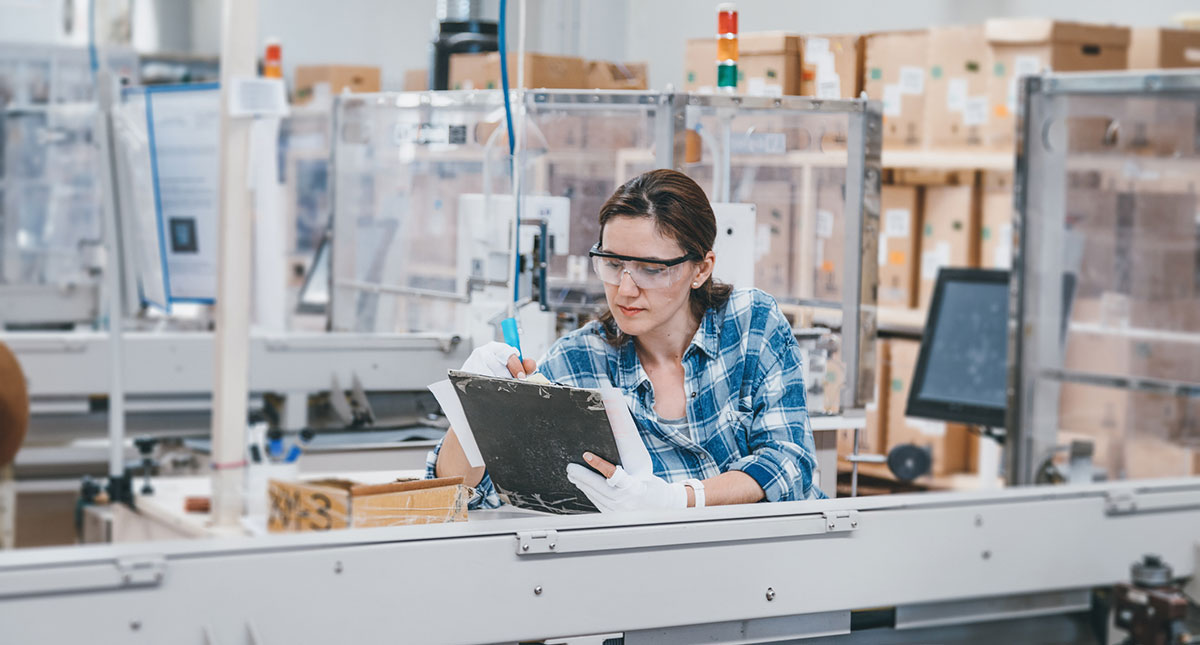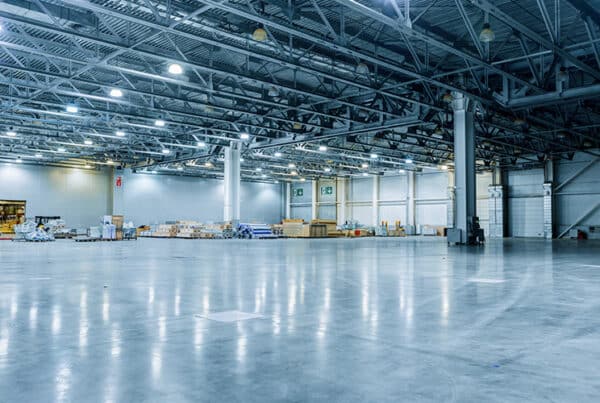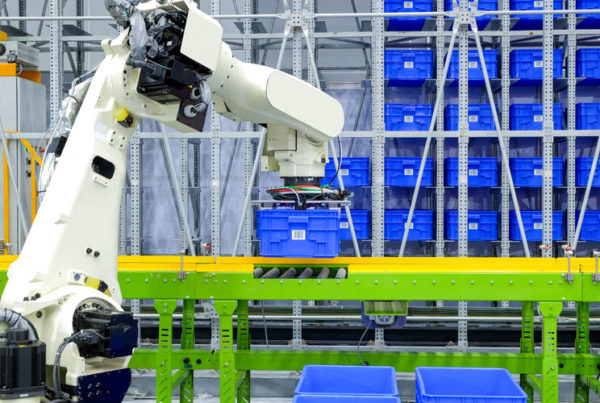What if you could ensure that your new warehouse implementation would go smoothly? As an integrator, that’s exactly what we work toward every day. Including Factory Acceptance Testing (FAT) in your project’s plan can help you achieve that.
FAT isn’t a new concept, but is often underutilized. And FAT is just what it sounds like, a test to check the performance of equipment before it goes “live” in your facility. During testing, you’re able to see your integration plan in action. You will see the rate at which items move down a conveyor, the gapping between products, the cycle times on robotics, and a host of other characteristics, before the on-site installation takes place.
Any potential issues, or any potential enhancements, can be addressed at that time.
The process
The question of whether or not to run FAT as part of your implementation plan needs to be addressed during the sales process – it becomes part of the overall project. After the engineers and operators and managers – and everybody else – have designed the ideal system for your operations, the integrator works with the equipment manufacturer to set up the specific model and configuration for testing. Before everything is in place at the test site, you’ll send them your materials, packaging, boxes, and goods to be used for system testing. Using the same materials that will go down the line once the system goes ”live” is an important part of ensuring optimum system performance.

Once all testing is approved, the system is dismantled, crated, and shipped to your site for re-assembly and re-testing, before the go-live date.
Do you need FAT in your implementation?
Performing factory acceptance testing is critical when you have a new product, project, or system. If your facility changes its process, or if you’re working with new product – any change to a business’s core elements – the risk in not doing a FAT is tremendous.
Most owners and operators are aware of this. Before they install a new conveyor or robotic palletizer, they want to see one in action. They might not need a full-scale FAT, but they want to see a similar system up and running.
The more complex and costly the systems get – and the riskier they are for the business to invest in – the more important it becomes to run a full-scale FAT. Testing can do more than show how the parts work in some general sense; testing will highlight details such as minimum and maximum product sizes and weights that you will actually see in your business. Testing will run your specific boxes, crates, or materials through the system that will be in your building. In this way, a FAT leaves very little question about how well the system will work in your facility.
It’s perhaps natural to want to perform a FAT on dynamic systems that are integral to the business. But even on static systems, such as racking, testing can be important. The decision on whether or not to perform FAT on static equipment should really come down to the size and cost of the project, and the risk your company is taking on.




